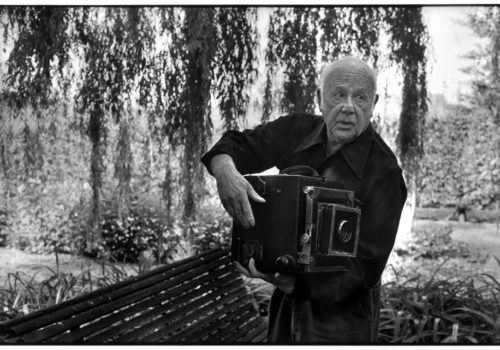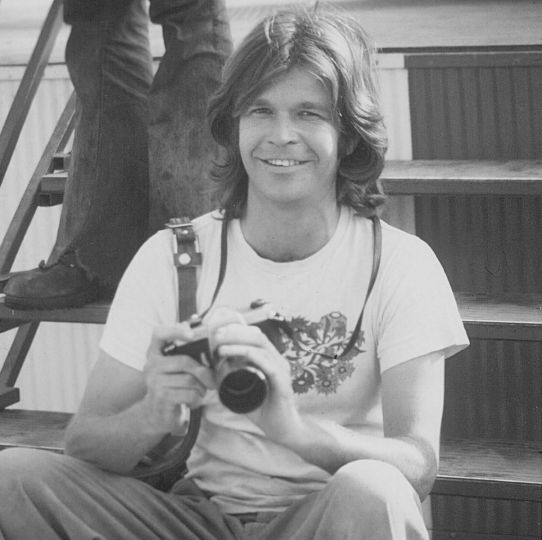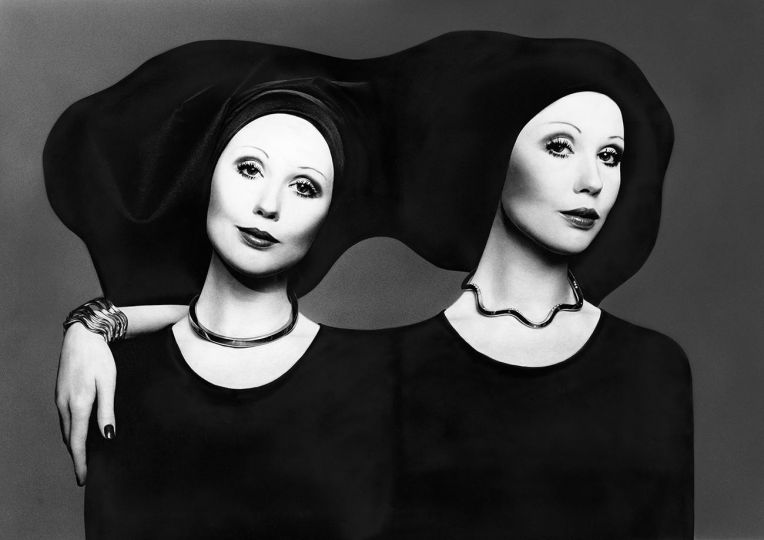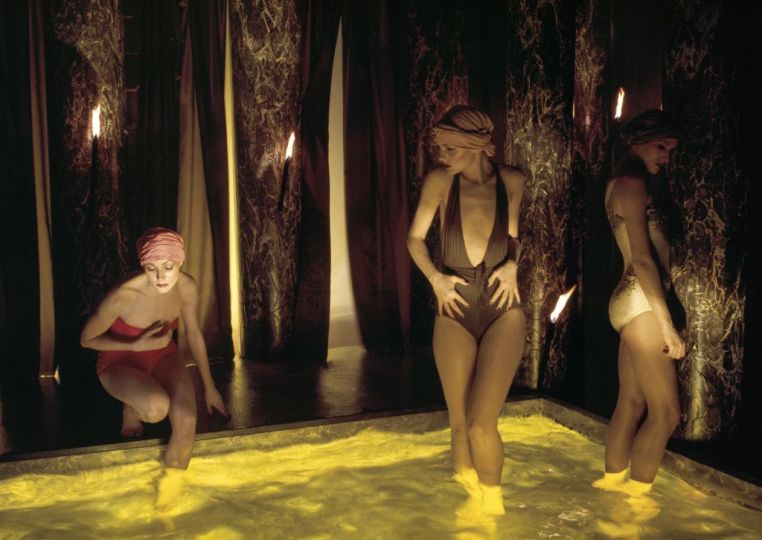You combined honesty and kindness, a child-like ability of wonder, and the wisdom of a great age, and your photos mirror these two extremities of life, childhood and old age, which you have captured like no one else.
Attracted by the most vulnerable people, you avoided exoticism and your images, whether shot in China, Ireland, England or France, give the same impression of easy familiarity. The two lassies jumping from the Donegal wall summarize the joy of childhood. Your photo of a grand-mother watching her sleeping grand-daughter in a night train hangs above our bed, as if watching our own sleep.
In 1978, we worked on your book ” Le Temps de Vieillir ” because you felt anxious about writing a first person text for this book that would soon be part of the collection “Journal de Voyage ” by Denoel publishing. I remember that no editor wanted it at the beginning though. The theme of old age, which seemed natural to you as an inevitable future for us all, was almost a taboo for the audience who didn’t want to know anything about the elders.
You had chosen for models a few famous people, still active in old age, such as Lili Brik, Maiakovski’s great love, with her angular face and her dancer’s make-up ; the biologist Edmond Rostand ; the photographer Paul Strand. But, most of all, there were unknown people in nursing homes or hospitals. You avoided extreme situations that would have made you feel like you had violated their trust.
In your images, you may have expressed emotions that you were too modest to express directly.
Martine, it is difficult to talk about you with the past tense. The times we spent together remain as drops of light in the greyness of everyday. In Paris, riddled with absence, your long silhouette has joined the shadow of the greatest too early: Kertesz, Doisneau, Boubat, Ronis, and your husband Henri, and I don’t get used to it.
Carole Naggar
















